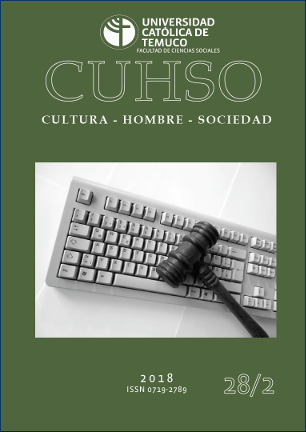Abstract
Fortress conservation excludes, by action or omission, local communities from the management of protected areas. This is a practice that persists despite broad theoretical consensus towards greater integration of local
people in biodiversity conservation. This paper presents the study case of a protected area in the temperate forests of southern Chile, where the degree of linkage between various stakeholders with interest and/or influence in the buffer zone of the protected area has been analyzed through stakeholder mapping and social networks analysis. The results show a low density of the social relationships, high fragmentation of the social network around sectoral interests (agriculture, fishing, tourism, etc.), along with high levels of social isolation of the protected area. This isolation is partially explained, through the application of a protected area management model that has not adequately incorporated the participation of various local and regional stakeholders, particularly communities. This omission has generated an adverse territorial scenario for the
governance of the territory and the protected area and its buffer zone, creating a risk situation through the polarization of the conservation and development of the territory.

This work is licensed under a Creative Commons Attribution-NonCommercial-ShareAlike 4.0 International License.
Copyright (c) 2022 Gonzalo Mardones Rivera

